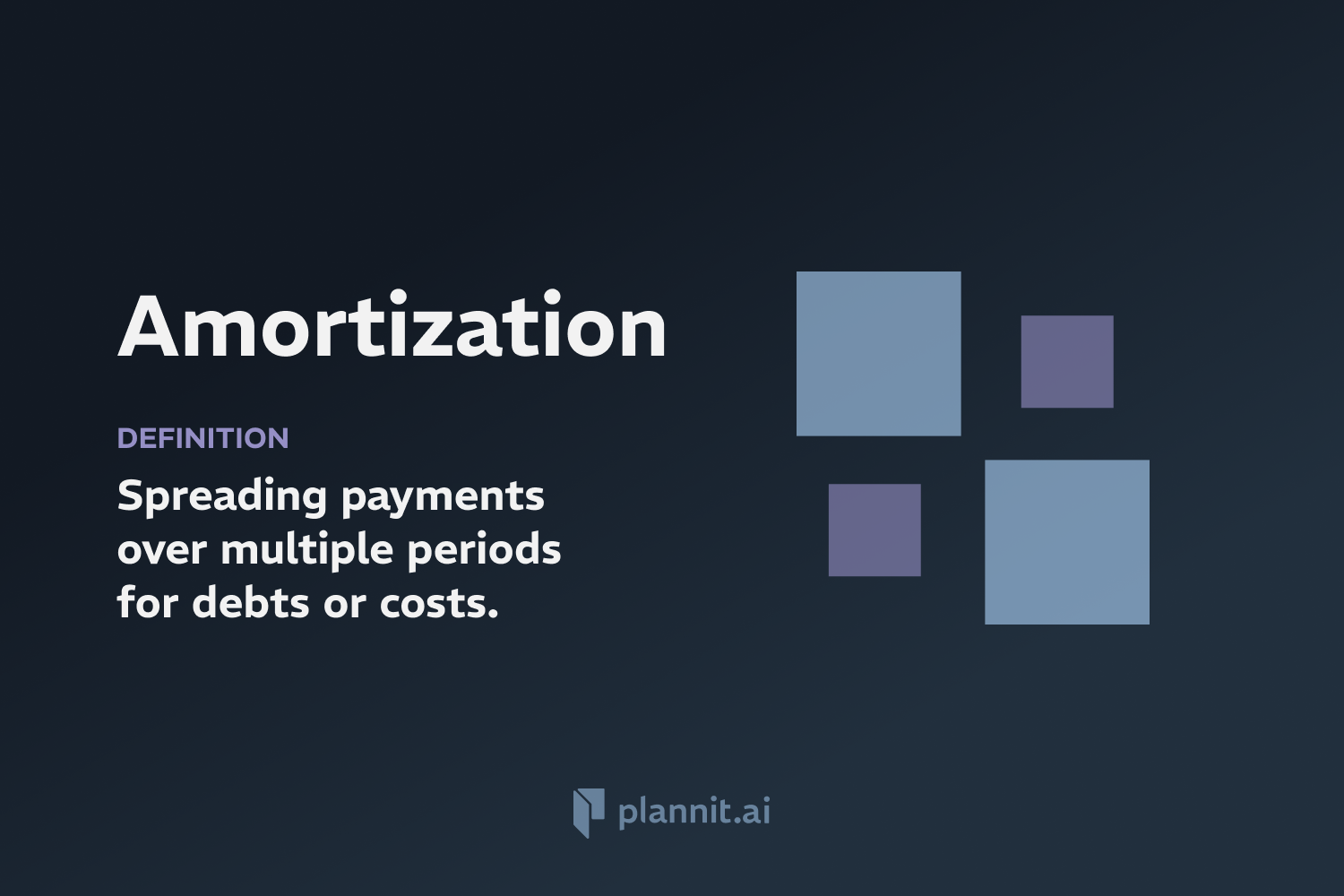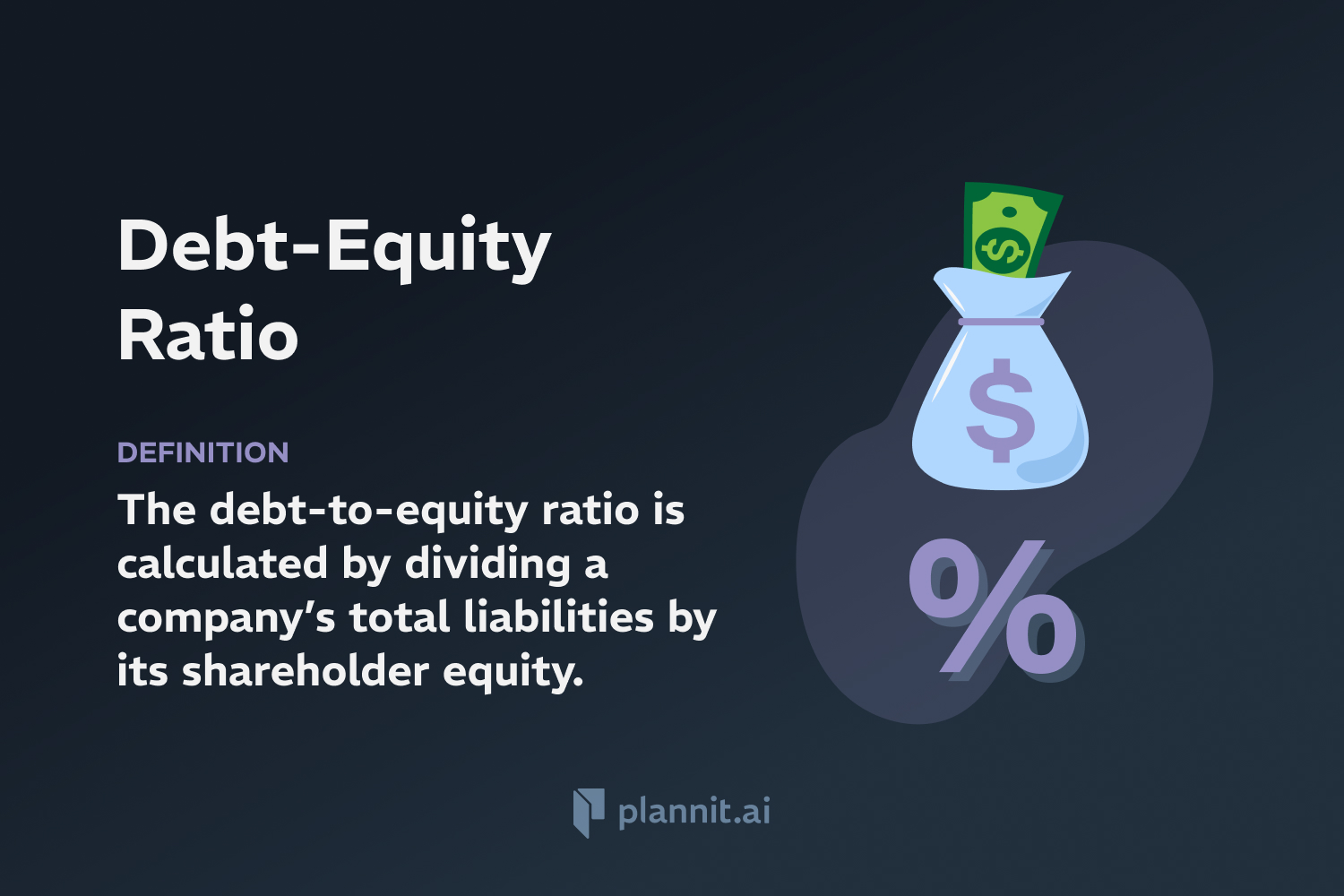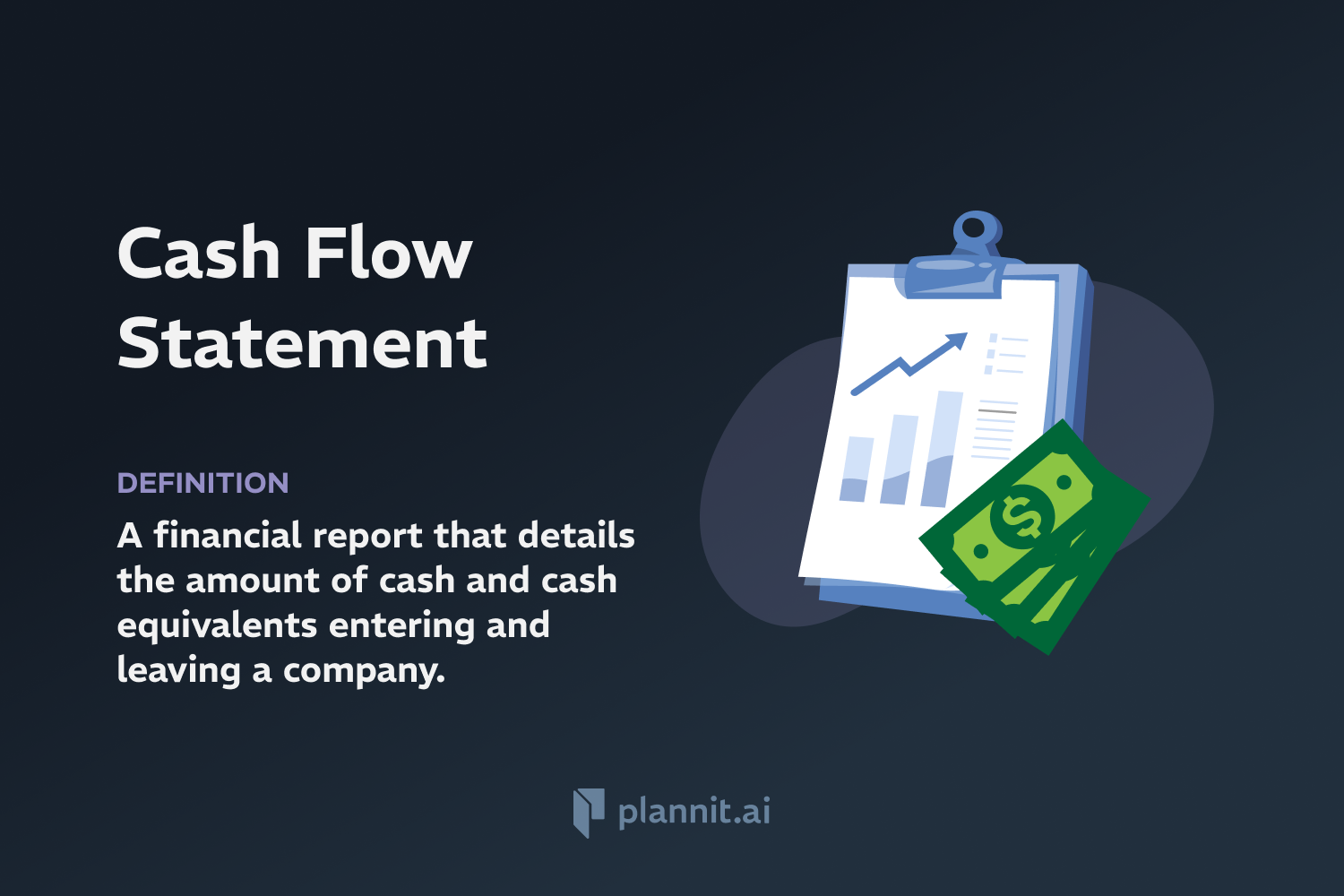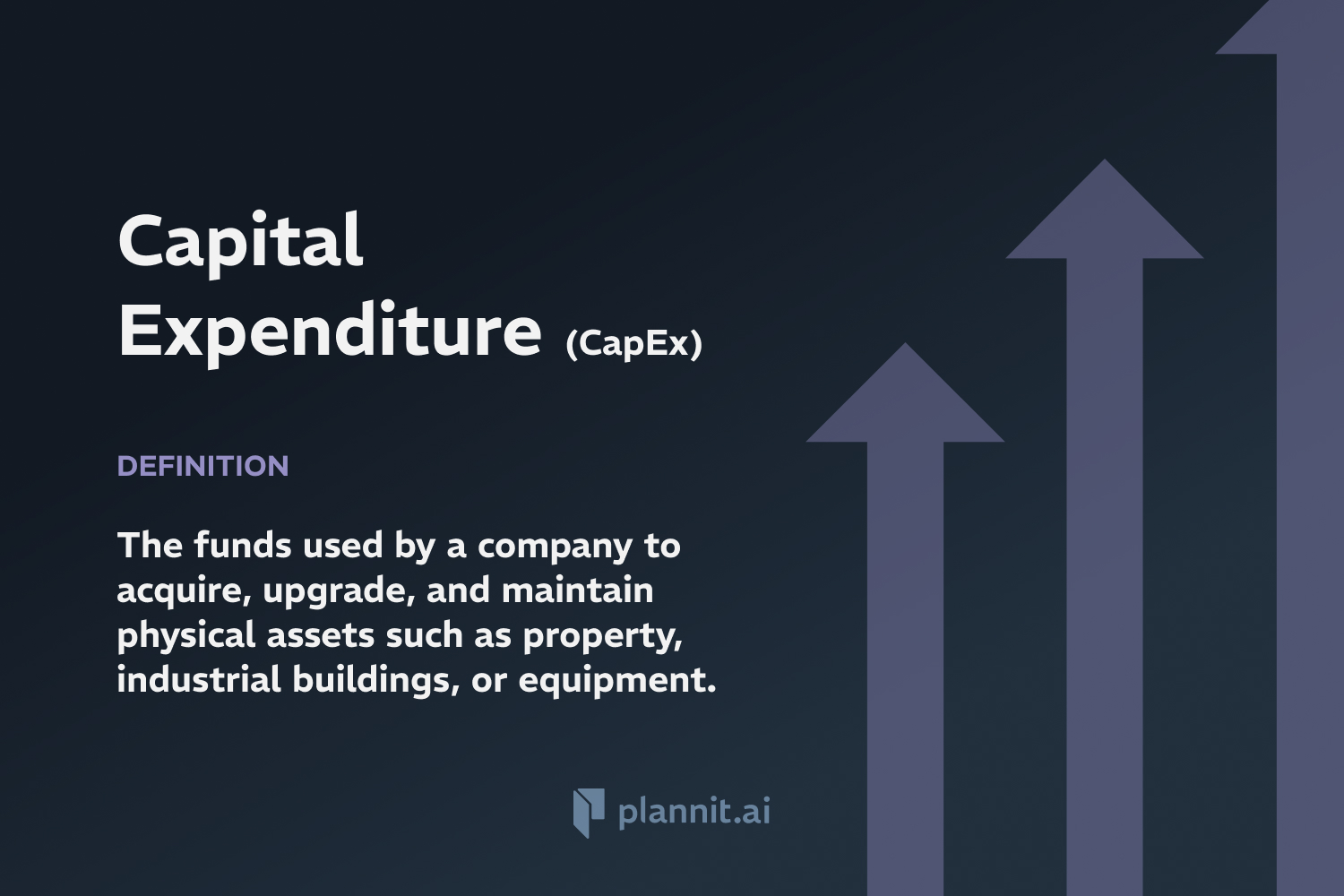Need Help With Your Business Plan?
Answer tailored questions and get a detailed business plan in minutes.
Amortization: Definition & In-Depth Explanation

Amortization is a financial term used to describe the process of gradually writing off the initial cost of an asset over a period. In business accounting, this term often applies to the spreading out of capital expenses related to intangible assets (such as intellectual property, goodwill, or business licenses) over their useful life. Amortization can also refer to the process of paying off debt in regular installments over a period, in the context of loans or mortgages.
Purpose:
The purpose of amortization in the context of intangible assets is to align the cost of the asset with the benefits it generates over time, which adheres to the matching principle in accounting. This practice ensures that financial statements reflect the expense of the asset proportionately with the income it helps to generate. In terms of debt, amortization helps in planning and budgeting by spreading payments into manageable, predictable installments.
Example:
For an intangible asset, if a company acquires a patent for $100,000 and the patent has a useful life of 10 years, the company would amortize $10,000 each year for 10 years as an expense on its income statement.
In debt amortization, consider a loan of $200,000 with a term of 20 years and an annual interest rate of 5%. The borrower would make fixed payments at regular intervals that cover both interest and principal, gradually reducing the balance until the debt is completely paid off.
Related Terms:
Depreciation: Similar to amortization, but specifically applies to tangible assets like equipment, vehicles, or buildings.
Capitalized Cost: Expenditures that are recorded as an asset on the balance sheet, to be expensed over time through depreciation or amortization.
Loan Amortization Schedule: A complete table of periodic loan payments, showing the amount of principal and the amount of interest that comprise each payment until the loan is paid off at the end of its term.
Matching Principle: An accounting concept that dictates that expenses should be matched with the revenues they help to generate in the same period.
FAQs:
What is the difference between amortization and depreciation?
Amortization typically applies to intangible assets, while depreciation applies to tangible assets. Both processes spread the cost of an asset over its useful life, reflecting how the asset is used up over time.
Can all intangible assets be amortized?
Not all intangible assets are amortizable. For example, goodwill, which is recognized after the acquisition of another company, is not amortized but rather tested annually for impairment.
How does amortization affect a company's financial statements?
Amortization reduces the value of the intangible asset on the balance sheet and also decreases net income on the income statement by the amount of the amortization expense each period.
What factors influence the amortization period of an asset?
The amortization period is influenced by the useful life of the asset, which is an estimate of the period over which the asset is expected to contribute to generating revenue.
How is amortization calculated?
Amortization is typically calculated using the straight-line method, which spreads the cost evenly over the useful life of the asset. Other methods can be used depending on company policy or regulatory requirements.
Get funding with a business plan that will impress investors.
Starting a New Business?



